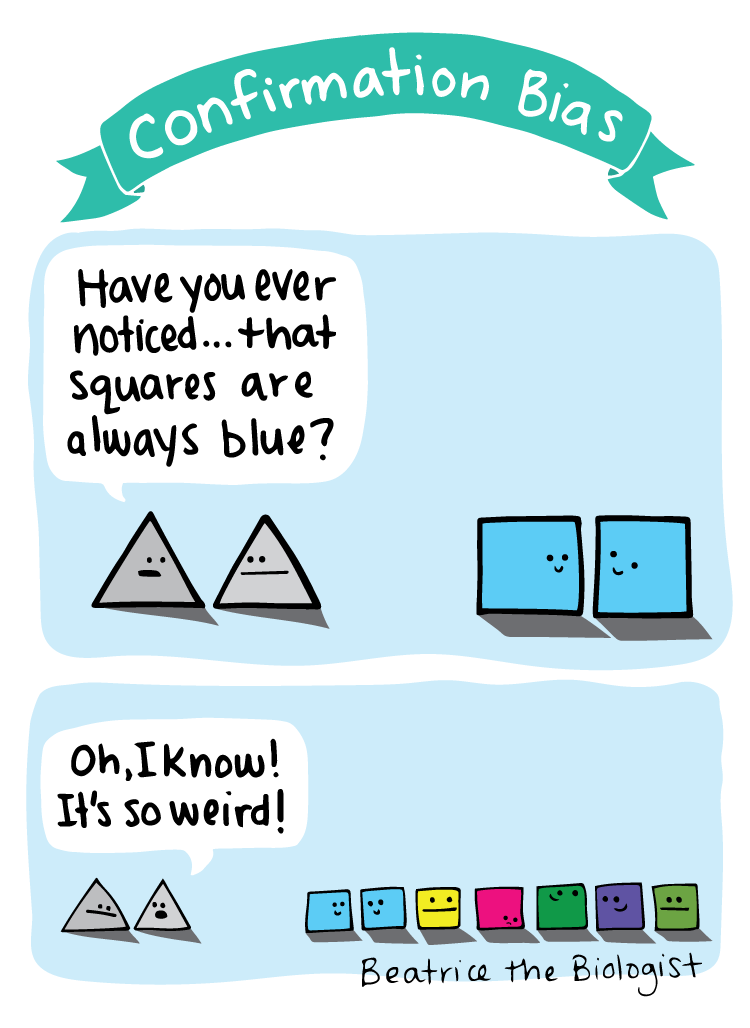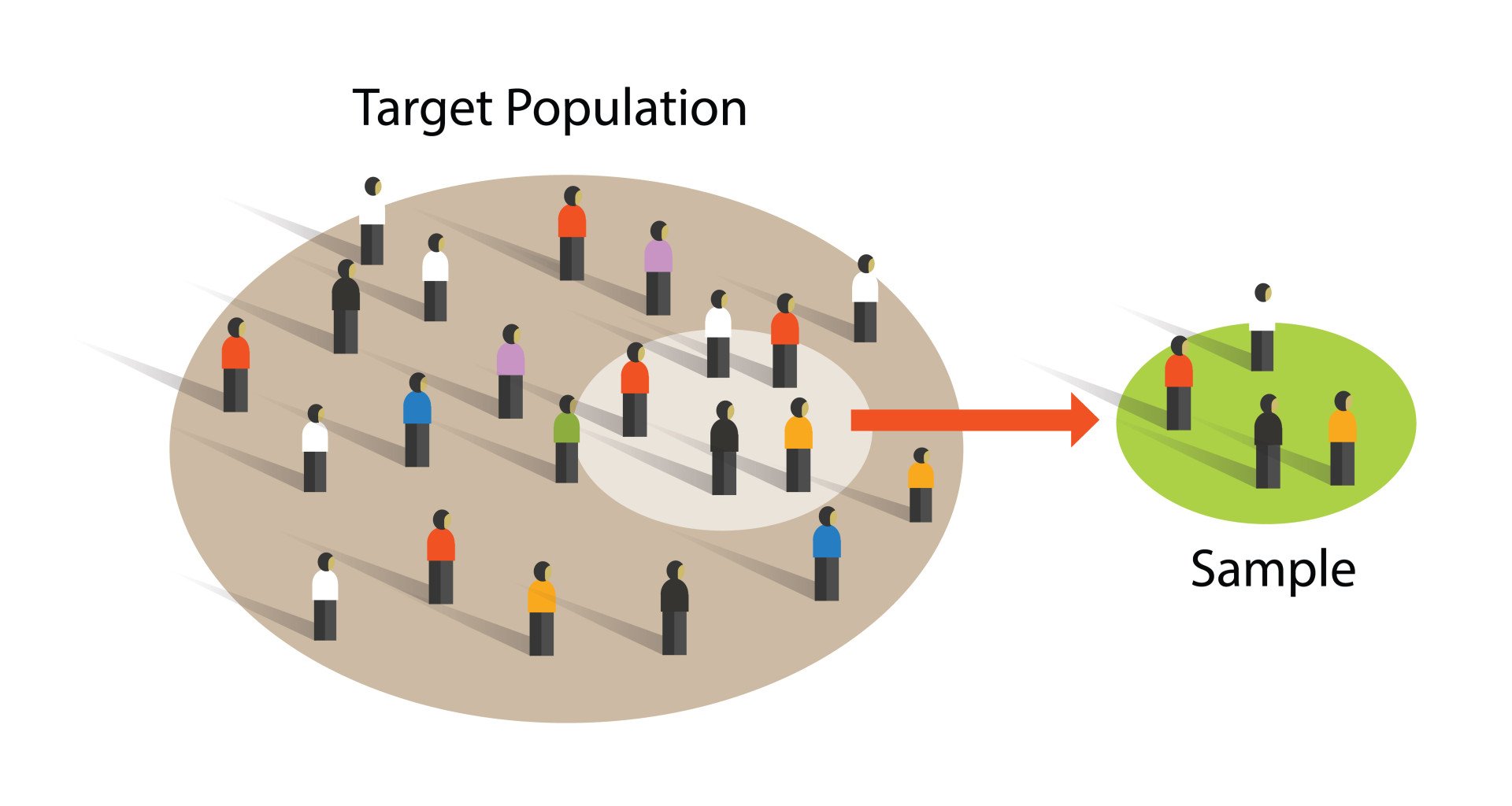What is the definition of biases?
Many of us hear or see this word and understand the associations with the word but what is the definition? What types of biases are there?
From Oxford Languages:
- "Prejudice in favor of or against one thing, person, or group compared with another, usually in a way considered to be unfair."
- "Cause to feel or show inclination or prejudice for or against someone or something."
To read more about Bias and Bias Incident Reporting, please look at the DEI Office's site.
Types of Biases(Specifically ones that relate to research/Scholarly Articles):
- Conscious Bias/Explicit Bias
- Unconscious Bias/Implicit Bias
- Confirmation Bias
- Sampling Bias
- Selection Bias
- Publication Bias
These will be explained more on the left side
Know Your Source: Bias in Media
Not all sources can be trusted to deliver information without bias.
In news, media (podcasts, blogs, news shows on TV or streaming, articles, etc) is most often biased in a particular political direction. This means that the information can be worded to create a desired response from the audience, key contextual information can be left out of coverage, content may be presented by hosts showing intense emotion or with evocative visuals/audio, or resource creators may present their opinions or the opinions of political candidates as facts.
How can you tell if you can trust a news source?
- Look for a code of ethics or journalistic standards statement that commits that source to deliver news in a timely, objective, and clear manner
- See if the headlines are evocative and sensational, or merely communicate what the article will be about; an objective news source strives to present information without 'spin simply'
- Can you find a news event presented the same way across several news agencies? If your preferred news source presents a story very differently from most other news sources, the chances are good they are presenting the information in a biased (subjective) manner
- Are articles clearly credited? Trustworthy journalists have a readily visible byline attached to their work - their name, degrees, affiliations, awards, or certifications they may hold, and links to other work
- Trustworthy sources may include bias statements where applicable; such statements acknowledge that the resource was created with as much objectivity as possible, under compromising circumstances such as being affiliated with the entity being reported on


